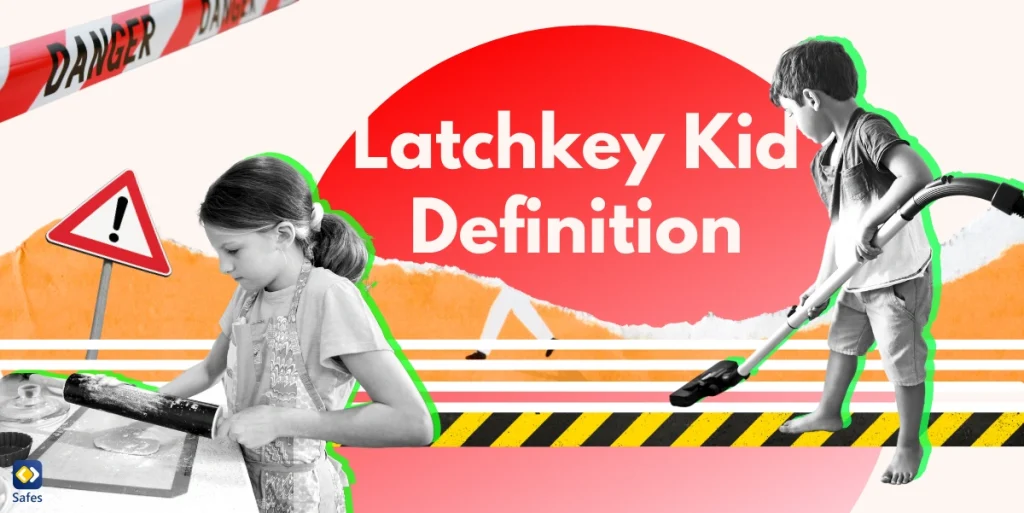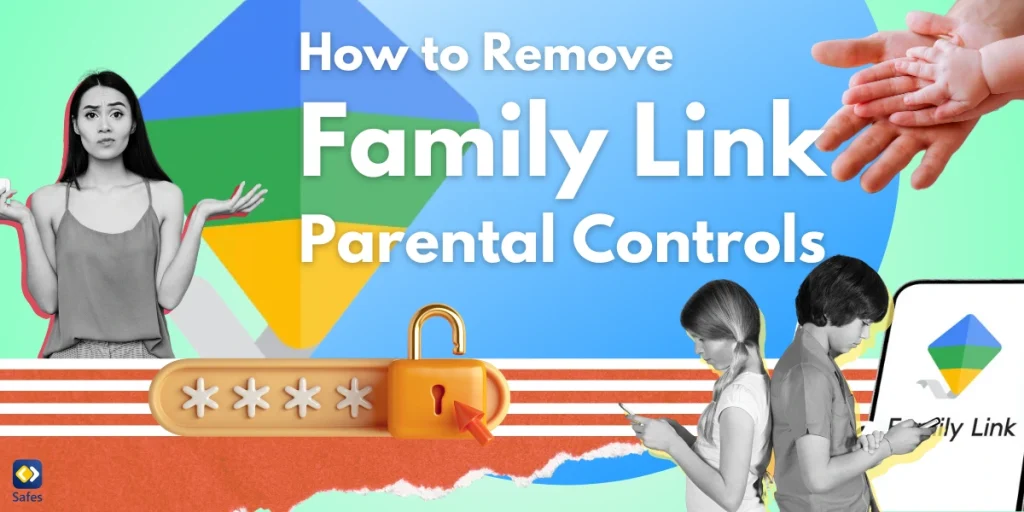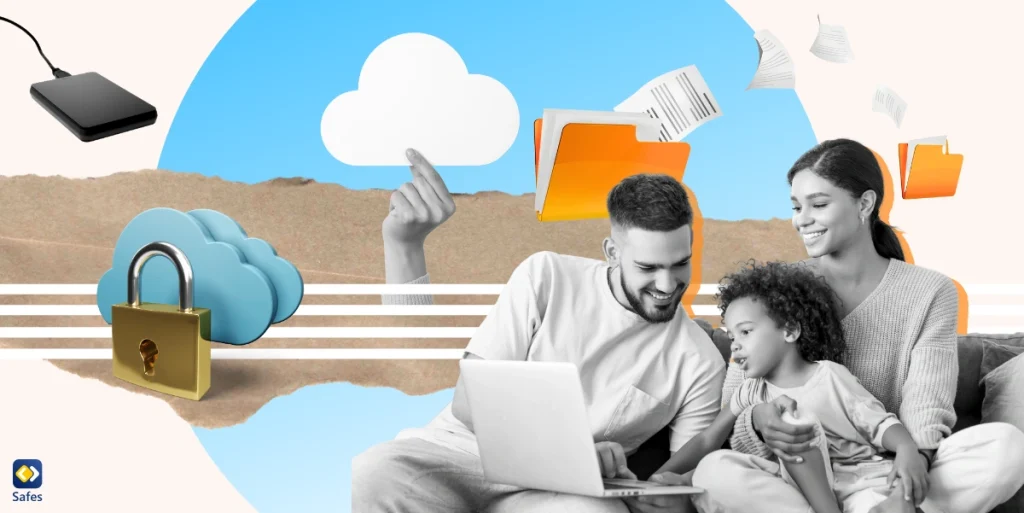If in your house, both parents work and are out for the most portion of the day, you should be familiar with the latchkey kid definition. This term is used for kids who come home after school while no one is there to take care of them. In this blog, we will explore what it means to be a latchkey kid and look at both the negative and positive effects. While some people worry about the safety and emotional well-being of these kids, others believe it helps them become more independent and responsible. Let’s dive into both sides of the story.
What Is Latchkey Kid Meaning?
A latchkey kid is a child who comes home from school to an empty house because their parents are at work or not there. The term started during World War II when many parents were busy with the war, and kids had to take care of themselves after school. The name “latchkey kid” comes from the words “latchkey” and “kid” to describe children who use a key to let themselves into their homes and look after themselves for part of the day without parents around.
Latchkey kids often have to take care of themselves for some time each day and usually carry a key to get into their house. This became more common in the late 20th century as more families had both parents working or were single-parent households.
What Are the Negative Effects of Being a Latchkey Kid?
The latchkey child age often ranges from about 5 to 13 years old. These are the years when children are usually in elementary or middle school and are old enough to be home alone for a few hours after school but not yet teenagers. On the other hand, this age range includes the most sensitive years of a child. Therefore, we need to focus more on the negative effects this syndrome may have on them.
Based on an article, children under the age of 13 who are left alone at home are exposed to the risk of injuries, and problems with their social and behavioral developmental problems. It may also lead to their poor academic performance. But that’s not all. Here are other possible consequences:
- Feelings of loneliness and isolation that lead to anxiety or stress
- Engaging in risky behaviors, such as experimenting with drugs or alcohol
- Relying on unhealthy snacks or junk food, leading to poor nutrition
- Increased screen time and less outdoor play
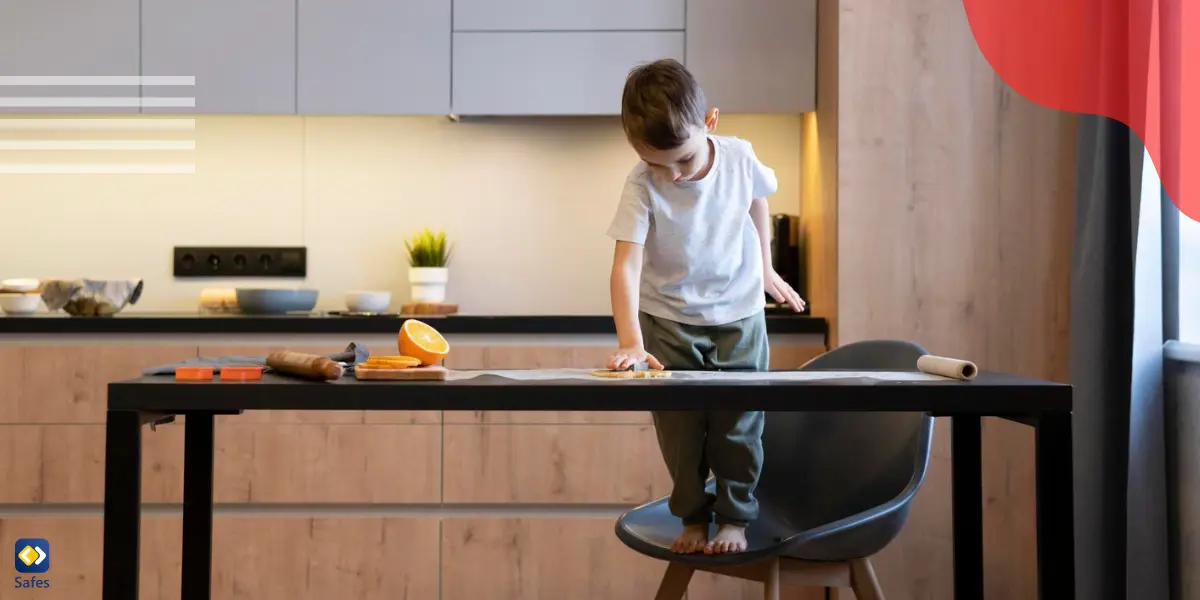
Does a Latch Key Kid Syndrome Have Positive Effects?
While there are potential downsides to being a latchkey kid, there are also some positive effects. It shows that with the right support and environment, children can thrive and develop important life skills. Here’s how being a latchkey can lead to positive results:
- Independence: Latchkey kids often learn to be self-sufficient and manage their time and tasks without their parents’ help. They also develop problem-solving skills as they handle daily challenges on their own.
- Responsibility: Taking care of themselves and sometimes their siblings can foster a sense of responsibility.
- Self-Esteem: As they successfully take care of chores and do the tasks, they strengthen their confidence and build self-worth that positively impacts their future.
- Resilience: Latchkey kids learn to cope with being alone and finding ways to entertain themselves. This way, they become adept at handling unexpected situations and setbacks.
- Time Management: With no immediate supervision, these children become skilled at managing their time effectively. Time management for teens is of high importance and value.
How to Help a Kid with Latchkey Kid Trauma?
If your child or other children you know are suffering from latchkey trauma, there are several ways you can help. Each of the recommended strategies explained below may not be helpful enough to help a latchkey kid. So, please consider them all and tailor each based on your child’s conditions.
Talking and Listening to Them
You should always encourage your child to express their feelings and concerns. Then, listen actively and validate their emotions. Make it a habit to ask open-ended questions about their day, experiences, and any challenges they face. Creating an environment where your child feels heard and understood helps build trust and lets them know they can come to you with any problem.
Establishing Routine and Structure
Creating a consistent daily routine provides a sense of stability and predictability. This includes setting regular times for after-school activities, homework, chores, and leisure. A predictable schedule can help reduce anxiety and make your child feel more secure. Clearly communicate the routine and stick to it as much as possible.
Providing Support and Supervision
When you’re at work, remember to arrange for regular check-ins through phone calls or messages while your child is alone. This ensures they feel connected and supervised even when you’re not physically present. If possible, involve trusted neighbors, family members, or friends who can be nearby in case of emergencies. Also, make sure your child knows who to contact and how to reach them.
Moreover, if your child shows signs of significant emotional distress or trauma, consider seeking the help of a therapist or counselor. Professional support can provide them with coping strategies and a safe space to talk about their feelings.
Encouraging Social Interaction
Positive social interactions are crucial for emotional development and well-being. That’s why you need to participate your kids in extracurricular activities, clubs, or sports to help them build social connections and develop friendships. Arrange playdates for kids or social activities with peers to reduce feelings of isolation and help them develop social skills.
Creating a Safe Environment
Most importantly, ensure the home is safe and childproofed to minimize the risk of accidents. Teach your kid about how to handle strangers, online safety tips, and emergency procedures, such as how to contact emergency services or trusted adults. Make sure they know where emergency supplies are and how to use them. This preparation can help them feel more secure and capable of handling unexpected situations.
Being Present When Possible
If you have to work outside of the house, it’s important to spend quality time with your child when you are home. You can do various activities they enjoy, show genuine interest in their daily life, and be involved in their school and social activities. This time together strengthens your bond and reassures them of your presence and support.
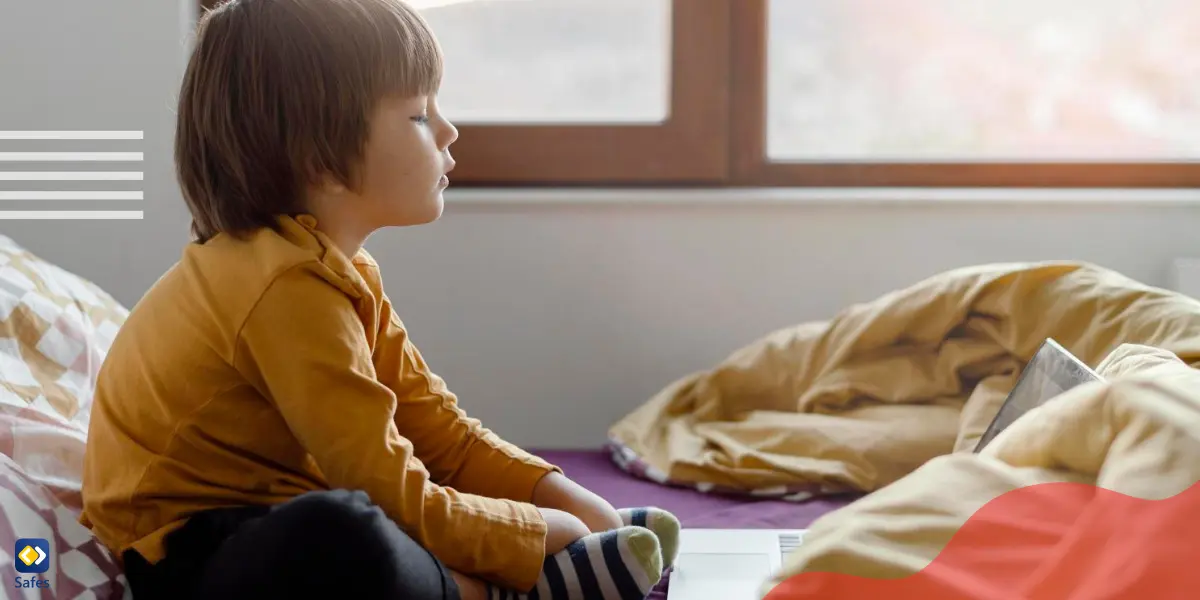
Final Word
Being a latchkey kid comes with both challenges and opportunities. While it can foster independence, responsibility, and resilience, it also poses risks related to safety, emotional well-being, and social development. You should understand these dynamics and provide the right support to help children thrive despite their time alone.
Always encourage them to social interaction with safe people, and create a safe environment for them at home. This can mitigate the negative effects. To further support parents in keeping their children safe and well-supervised, you can use Safes, our parental control app. Safes offers a comprehensive suite of tools to monitor your child’s activities, set screen time limits, and ensure their online safety even when you’re not around, similar to what you may have experienced with Macbook parental controls. With features designed to provide peace of mind and enhance your child’s security, Safes helps you with the strategies discussed in this blog.
Download Safes today for Android and iOS and take advantage of our free trial to empower your child with the freedom they need while ensuring their safety and well-being.
